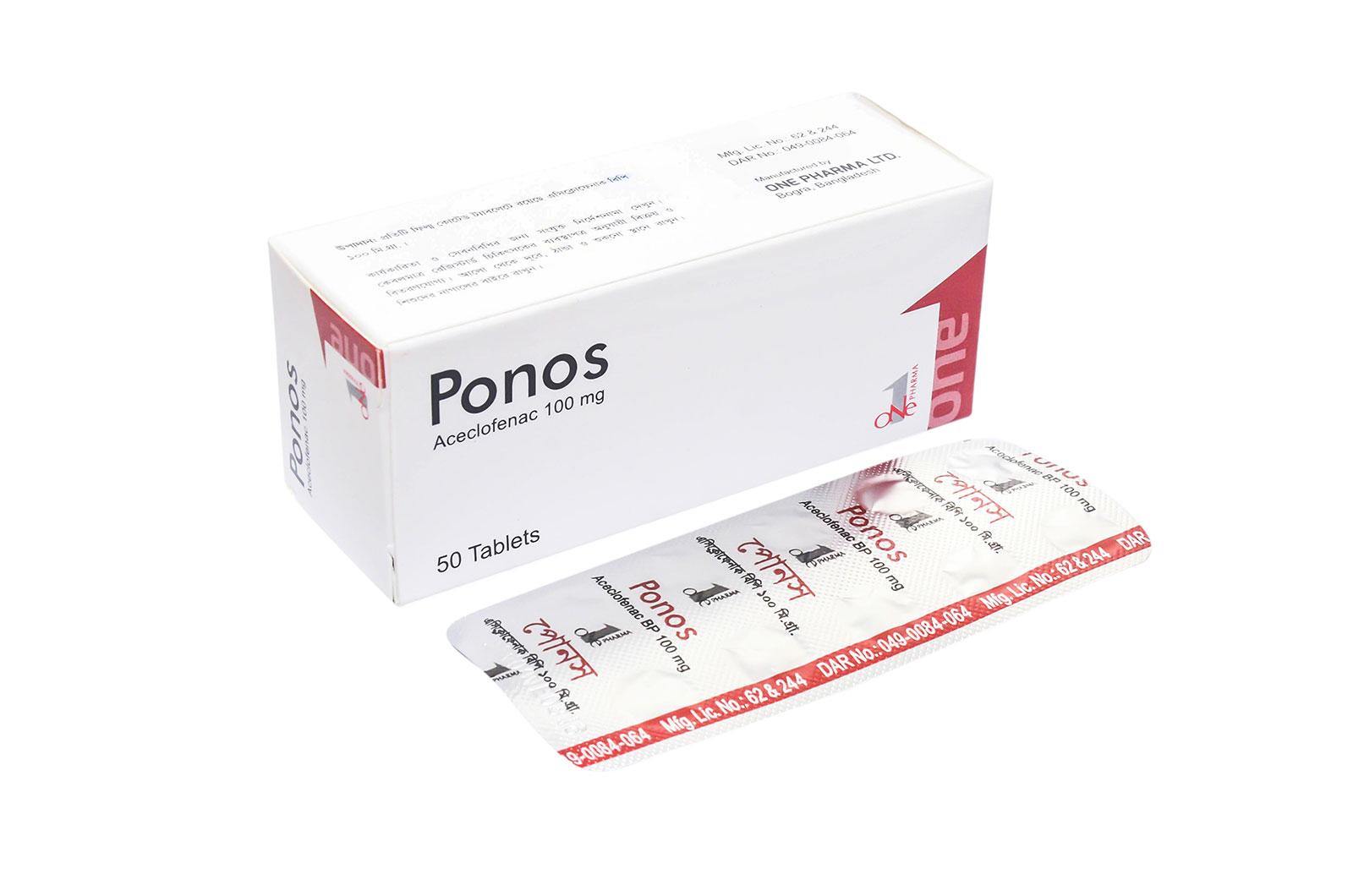

Ponos is a non-steroidal agent with antiinflammatory and analgesic properties. Its mode of action is largely based on inhibition of prostaglandin synthesis. Ponos is a potent inhibitor of the enzyme cyclooxygenase, which is involved in the production of prostaglandins. It also stimulates cartilage matrix (glycosaminoglycans) synthesis.